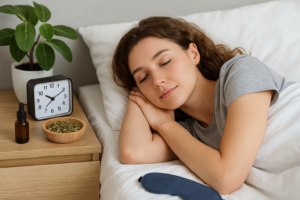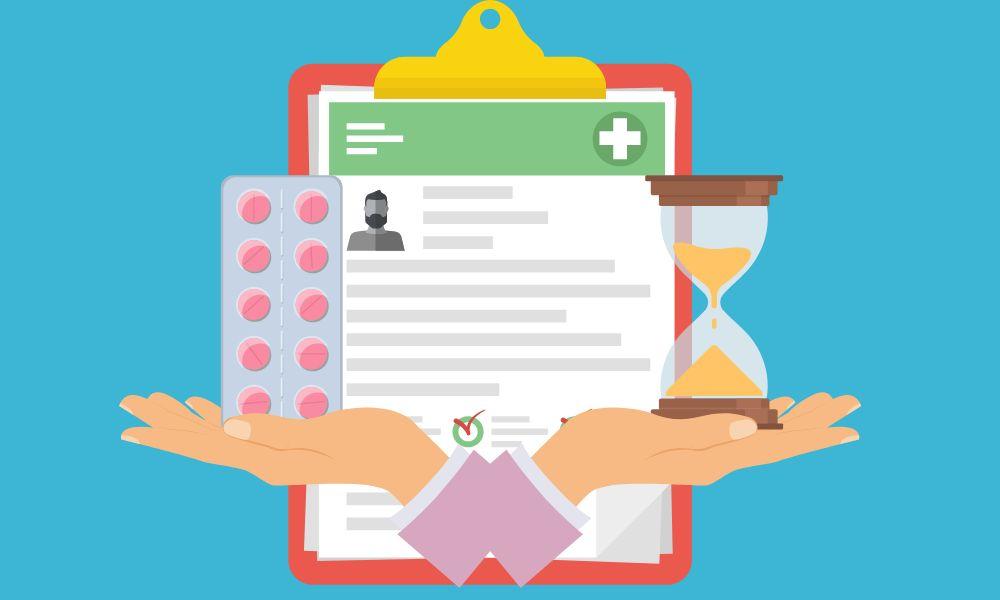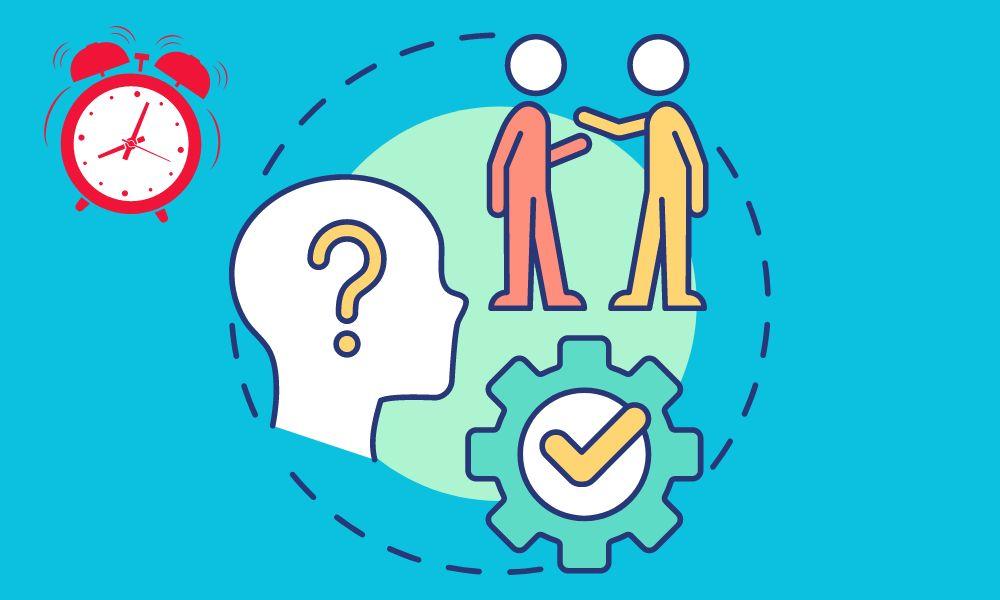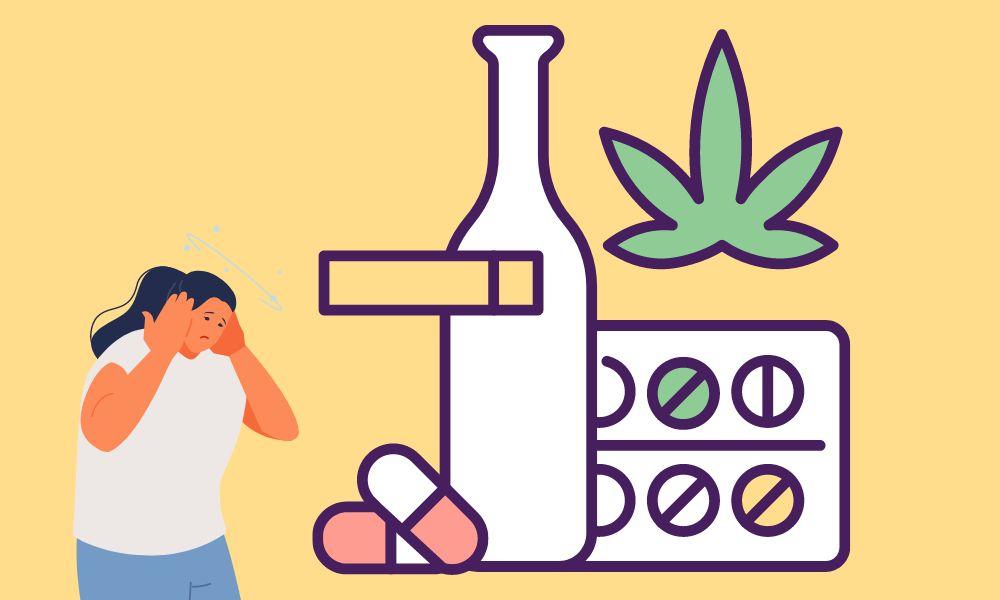
Struggling with insomnia or restless nights can be frustrating, especially when you desperately need sleep. Whether you’re dealing with stress, anxiety, or an overactive mind, falling asleep quickly can feel impossible. Fortunately, science-backed techniques can help you drift off in as little as 10, 60, or 120 seconds.
In this blog, we’ll explore rapid sleep induction methods, including breathing exercises, muscle relaxation, and military techniques used by soldiers to sleep under extreme conditions. We’ll also discuss when sleep aids like Zopiclone may be appropriate, along with natural tips, FAQs, and extra sleep hacks for better rest.
How to Fall Asleep in 10 Seconds (The Military Method)
The “Military Method”, reportedly used by the U.S. Army to help soldiers fall asleep in high-stress environments, can help you fall asleep in just 10 seconds with practice. Here’s how it works:
Contents
- 1 How to Fall Asleep in 60 Seconds (4-7-8 Breathing Technique)
- 2 How to Fall Asleep in 120 Seconds (Progressive Muscle Relaxation)
- 3 Extra Tips to Fall Asleep Faster
- 4 When to Consider Sleep Medication (Like Zopiclone)
- 5 Frequently Asked Questions (FAQs)
- 6 Author Details
Step-by-Step Military Sleep Technique:
- Relax Your Entire Face – Close your eyes, release tension in your forehead, cheeks, jaw, and even your tongue.
- Drop Your Shoulders & Arms – Let them go limp as if sinking into the bed.
- Exhale Deeply & Relax Your Chest – Focus on slow, steady breathing.
- Release Tension in Legs & Feet – Start from your thighs down to your toes.
- Clear Your Mind for 10 Seconds – Imagine a calming scene (e.g., lying in a hammock or floating on water).
Why It Works: This method forces your body into a state of deep relaxation by systematically releasing muscle tension, tricking your brain into sleep mode.
How to Fall Asleep in 60 Seconds (4-7-8 Breathing Technique)
If 10 seconds feels too quick, the 4-7-8 breathing method (developed by Dr. Andrew Weil) can help you fall asleep in under a minute.
How to Do the 4-7-8 Breathing Exercise:
- Inhale Quietly Through Your Nose (4 Seconds)
- Hold Your Breath (7 Seconds)
- Exhale Completely Through Your Mouth (8 Seconds)
- Repeat 3-4 Times
Why It Works: This technique slows your heart rate and activates the parasympathetic nervous system, signaling your body to relax.
How to Fall Asleep in 120 Seconds (Progressive Muscle Relaxation)
For those who need a slightly longer wind-down, Progressive Muscle Relaxation (PMR) is highly effective.
Step-by-Step PMR Technique:
- Start at Your Toes – Tense them for 5 seconds, then release.
- Move Up to Your Calves – Squeeze, hold, and relax.
- Continue Through Each Muscle Group – Thighs, abdomen, hands, arms, shoulders, neck, and face.
- Focus on the Contrast Between Tension & Relaxation – This trains your body to let go of stress.
Why It Works: PMR reduces physical tension and mental anxiety, making it easier to transition into sleep.
Extra Tips to Fall Asleep Faster
Beyond quick-fix techniques, these habits can improve your sleep quality long-term:
Lifestyle Adjustments for Better Sleep:
- Keep a Consistent Sleep Schedule – Go to bed and wake up at the same time daily.
- Avoid Screens Before Bed – Blue light from phones disrupts melatonin production.
- Limit Caffeine & Heavy Meals at Night – Both can interfere with sleep onset.
- Optimize Your Sleep Environment – Cool, dark, and quiet rooms promote deeper sleep.
Extra Sleep Hacks:
✅ Try the “Counting Backwards” Method – Counting down from 100 slows racing thoughts.
✅ Use a Weighted Blanket – Deep pressure stimulation can reduce anxiety.
✅ Listen to White Noise or ASMR – Calming sounds mask disruptive noises.
When to Consider Sleep Medication (Like Zopiclone)
While these techniques work for many, some people with chronic insomnia may need medical intervention. Zopiclone is a short-term sleep aid that can help when natural methods fail.
Key Facts About Zopiclone:
- Prescription-Only – Should only be used under medical supervision.
- Short-Term Use (2-4 Weeks Max) – Long-term use risks dependence.
- Works by Enhancing GABA – Calms brain activity for faster sleep onset.
Consult a doctor before using Zopiclone—it’s not suitable for everyone.
Frequently Asked Questions (FAQs)
1. Can everyone fall asleep in 10 seconds?
It takes practice! Most people need a few weeks of training to master the military method.
2. What if breathing exercises don’t work for me?
Try combining techniques (e.g., PMR + 4-7-8 breathing) or explore cognitive behavioral therapy for insomnia (CBT-I).
3. Is Zopiclone safe for long-term use?
No, it’s only for short-term use (2-4 weeks) due to dependency risks.
4. Why do I wake up after falling asleep quickly?
Stress, poor sleep hygiene, or underlying conditions (e.g., sleep apnea) could be factors.
5. Does caffeine affect these techniques?
Yes, caffeine stays in your system for 6+ hours, making sleep harder.
Conclusion: Mastering the Art of Falling Asleep Fast
Falling asleep quickly is a skill that improves with practice. Whether you use the Military Method (10 seconds), 4-7-8 Breathing (60 seconds), or Progressive Muscle Relaxation (120 seconds), consistency is key. Pair these techniques with good sleep hygiene for the best results.
For those with severe insomnia, short-term sleep aids like Zopiclone may be an option—but always under medical guidance.
Medical Note on Zopiclone (For Healthcare Professionals):
Zopiclone is a non-benzodiazepine hypnotic that modulates GABA-A receptors to induce sedation. It has a half-life of ~5 hours, making it suitable for sleep onset but not maintenance. Recommended dosage: 3.75–7.5 mg at bedtime (lower for elderly/hepatic impairment). Due to risks of tolerance and dependence, limit prescriptions to 2–4 weeks max.
By combining quick sleep tricks, lifestyle adjustments, and professional guidance when needed, you can conquer insomnia and enjoy restful nights. Sweet dreams! 😴
Author Details




Medical content by qualified psychiatrists
Our editorial policy

Zopiclone precautions Read our potential abuse notice

Looking for a seller? Locate the best Zopiclone vendor





